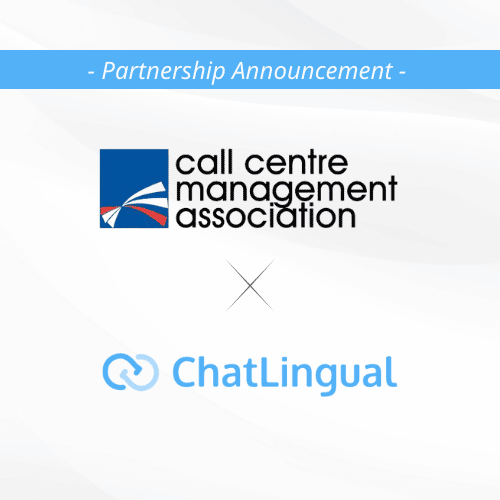Creating a multilingual support strategy takes time, so here are some best practices to help you move faster. Consider the following steps as part of your new multilingual support strategy:
1. Understand the Target Market

If you plan to expand multilingual support to a new location, understanding the target market is essential.
- What dialects are most common?
- Which regions speak which dialects?
- What are the cultural differences to be mindful of?
- Do certain words translate differently in the target language?
- Is grammar consistent between native and translated content?
- Does the target language include gendered nouns and adjectives?
- Is there enough multilingual demand to warrant expansion?
2. Define Expectations
What does multilingual support mean for your customers and employees? What does the final result look like? What is the business trying to achieve?
Define the expectations for your multilingual support strategy, so both employees and customers know what they can expect from you. Here are some example milestones:
- 97% of communications are comprehensible when translated into the target language
- Increase overall customer satisfaction with multilingual interactions from 20% to 50%
- Improve the retention of non-native customers by 5%
- Enable 100+ new supported languages to capture as many people in as many locations as possible
3. Enable Teams with the Right Tools

Employees need a centralized solution to access and manage multilingual customer communications. One option is the ChatLingual multilingual messaging platform that enable your agents to communicate in 100+ languages with your choice of a translation API, a unified agent desktop, CRM translation apps, and a chatbot translation plugin.
ChatLingual keeps customer and corporate data secure across borders with ISO 27001 certification, PCI DSS Level 1 security, and GDPR compliance.
4. Monitor, Measure, and Continuously Improve
Research generates data to help you monitor and measure the success of your multilingual support strategy. Conduct research using feedback forms to collect sentiment from your new multilingual customers, and understand gaps in your strategy. Perhaps a chatbot is using the wrong grammar, or customer service agents need help understanding cultural and social etiquette. Research allows you to continuously monitor and improve your services for greater customer-centricity. ChatLingual integrations include native surveying tools to help you perform research, with data analytics and business intelligence reporting in leading platforms like Tableau and Qlik.
With new ways of solving these challenges with technology, companies no longer need to compromise their CX strategies, and managing multilingual operations is now easier than ever.In the near future, companies will be expected to provide native-language support. Stay ahead of the competition and give your customers amazing experiences that will keep them coming back for more.



